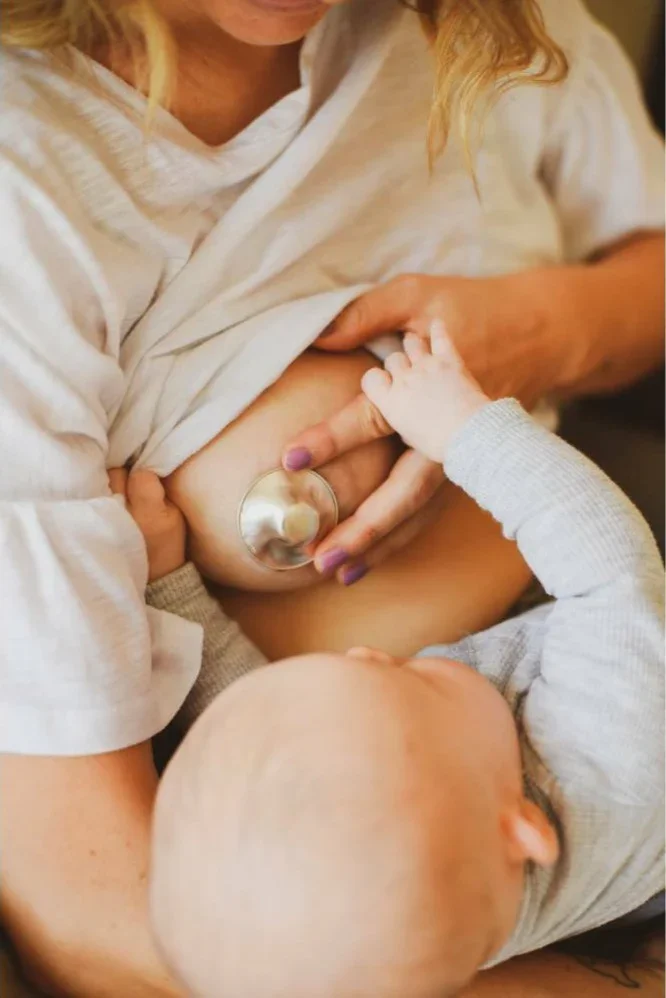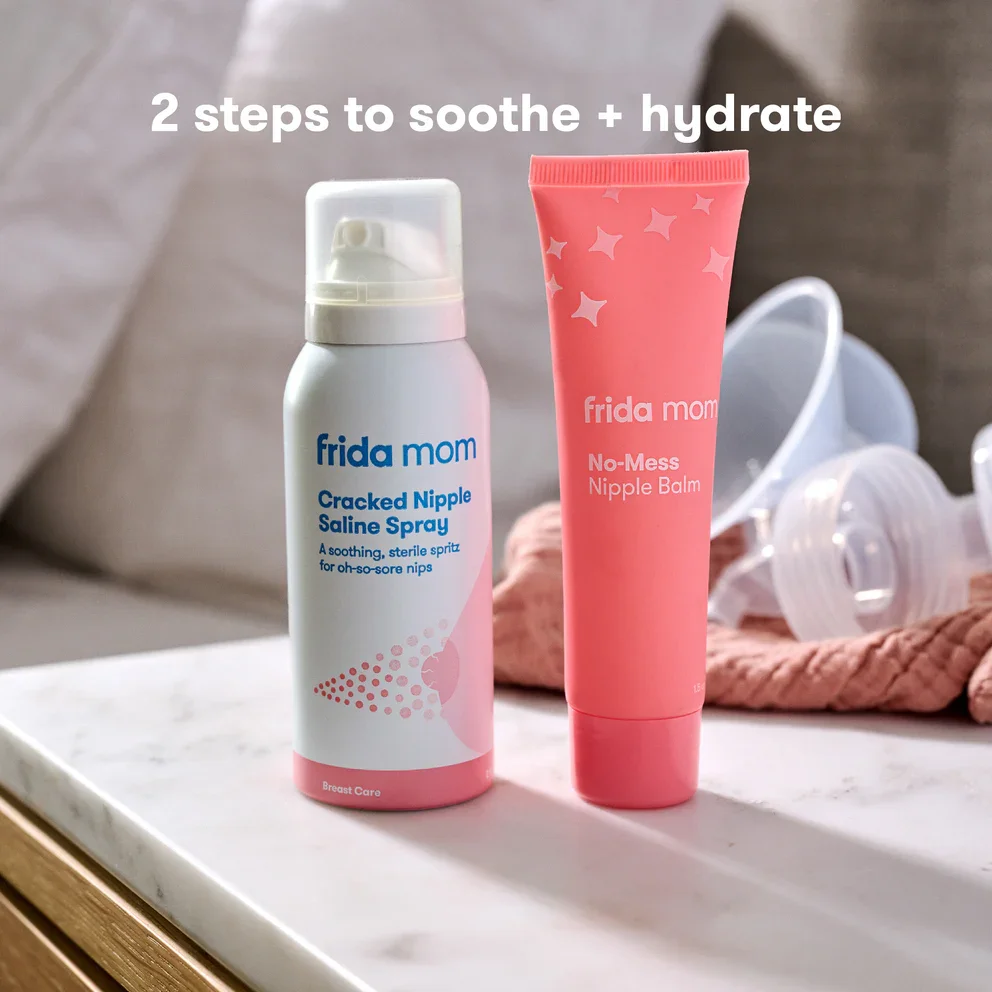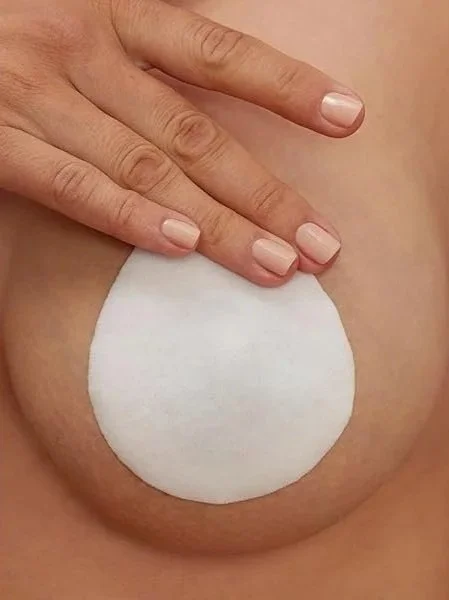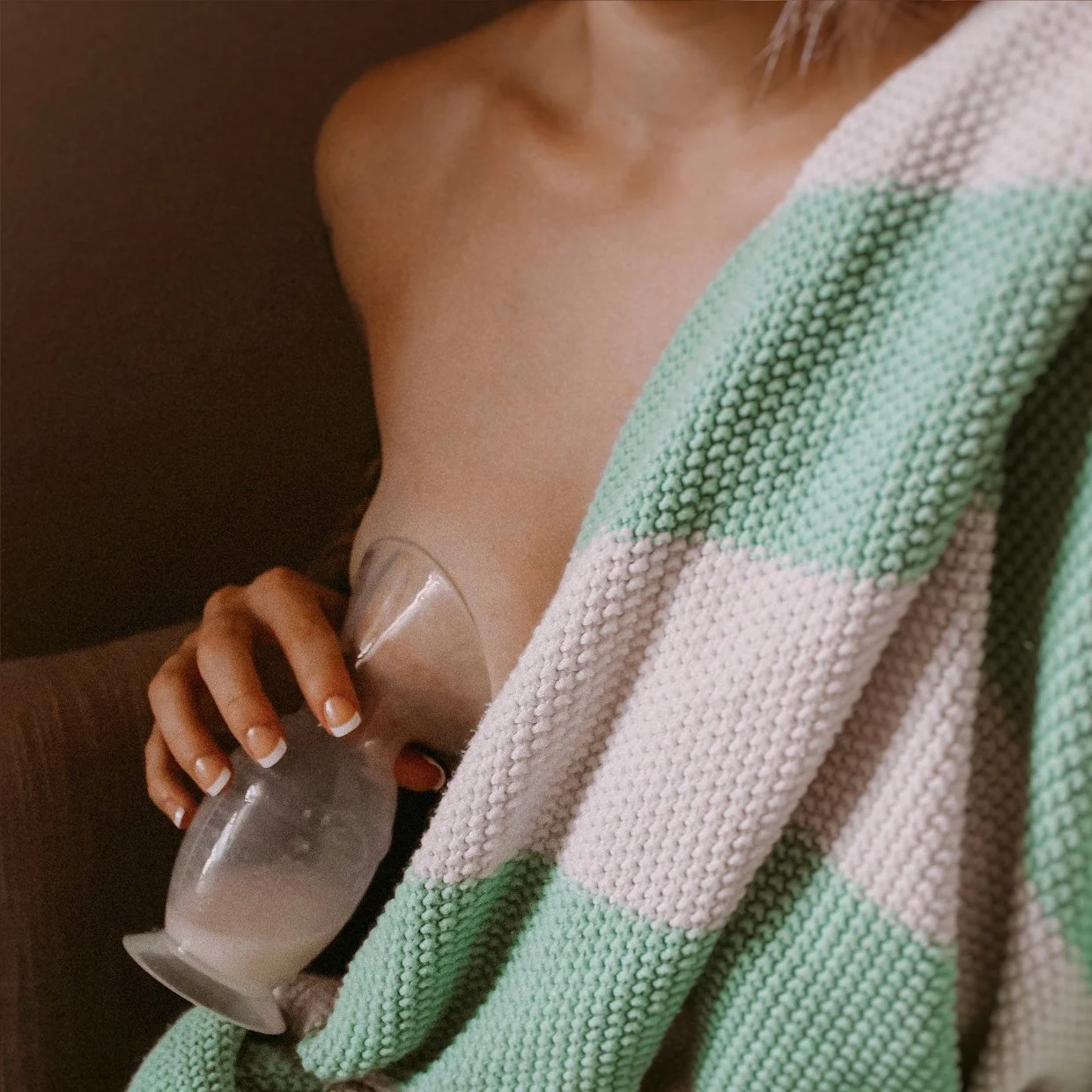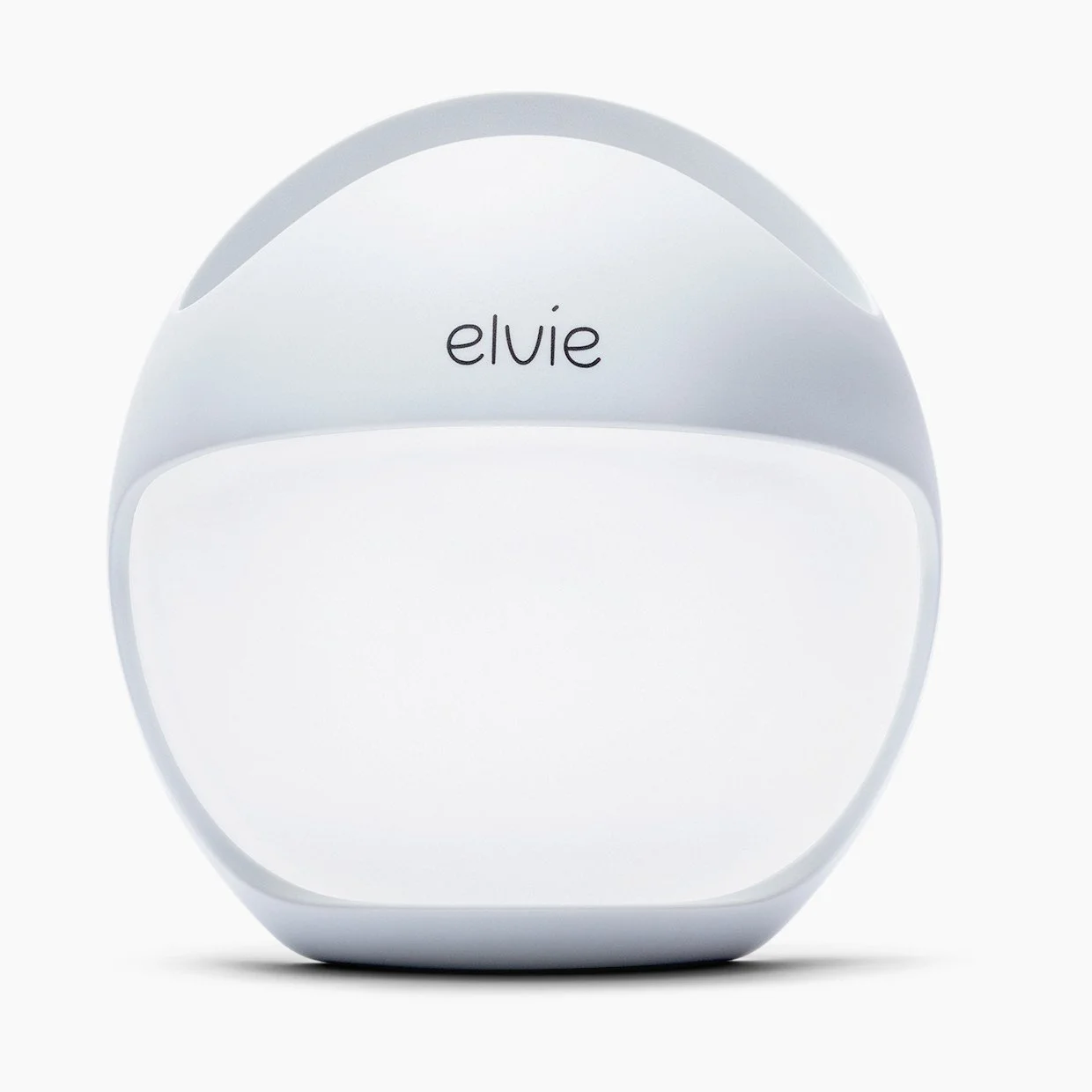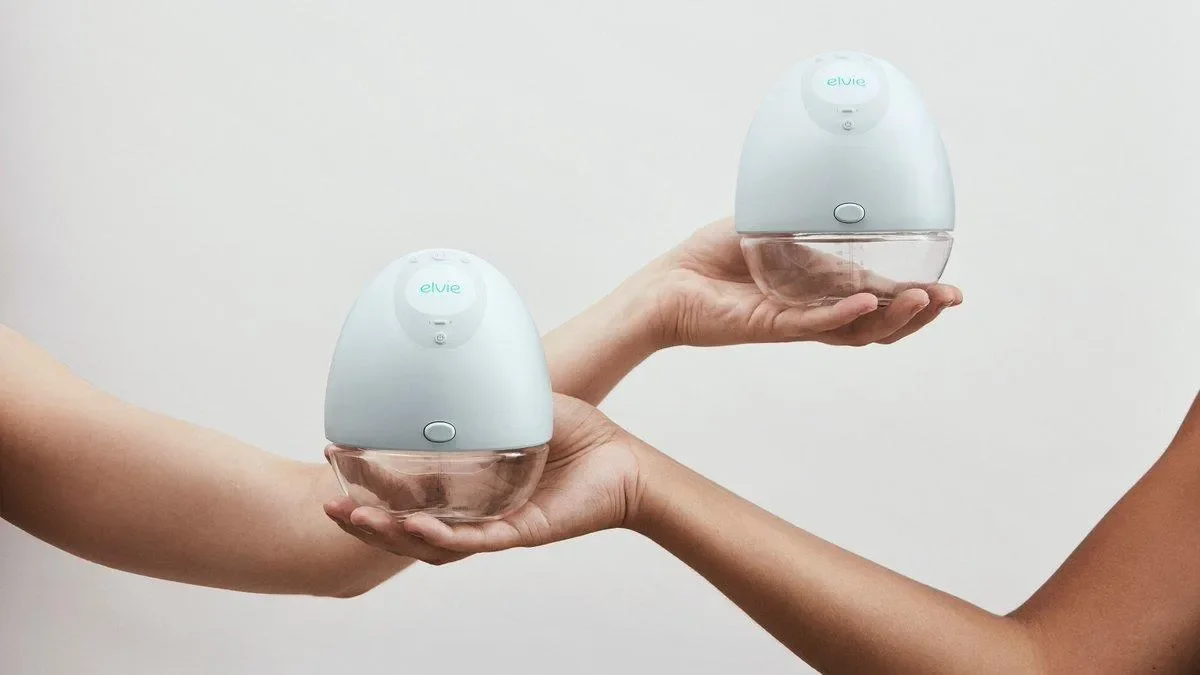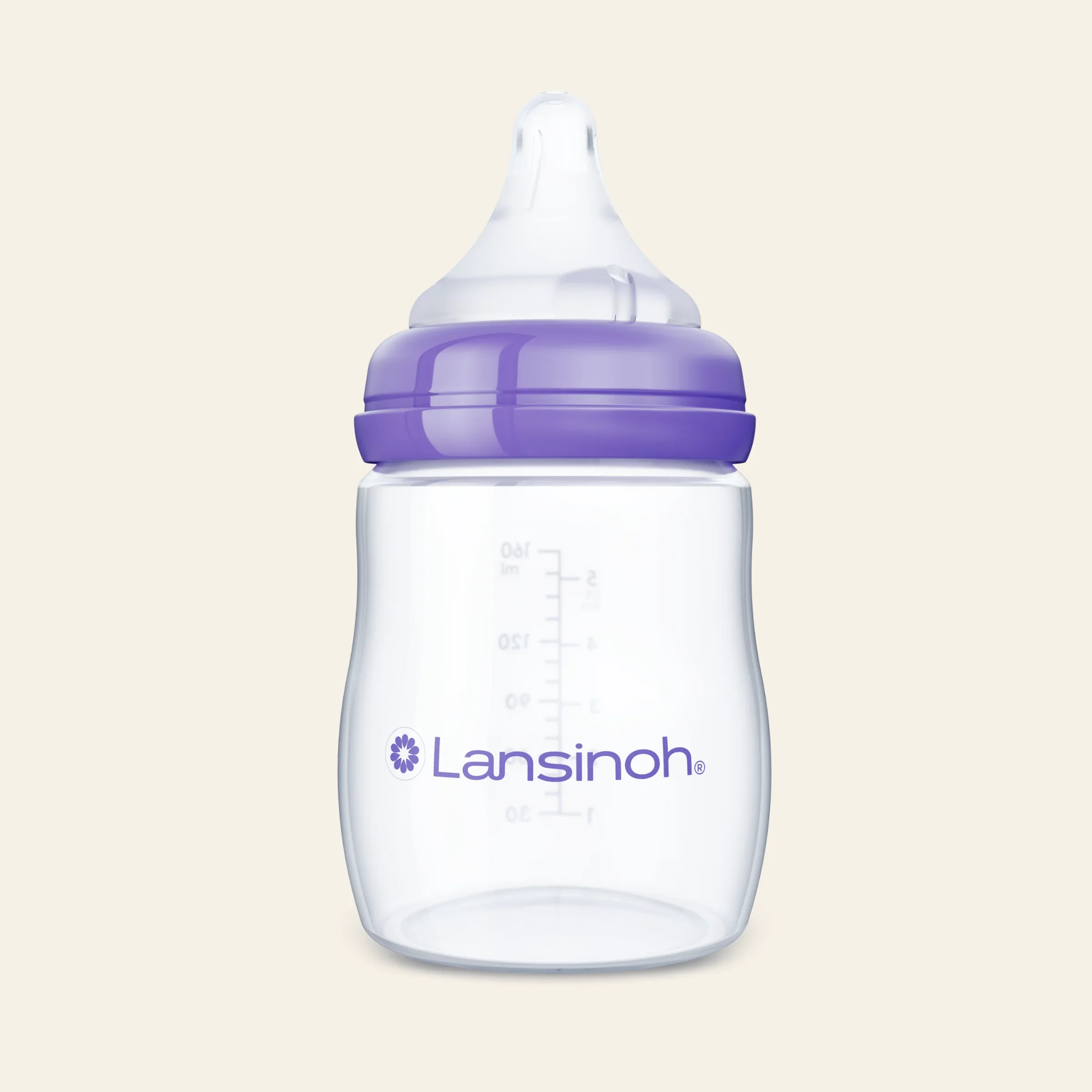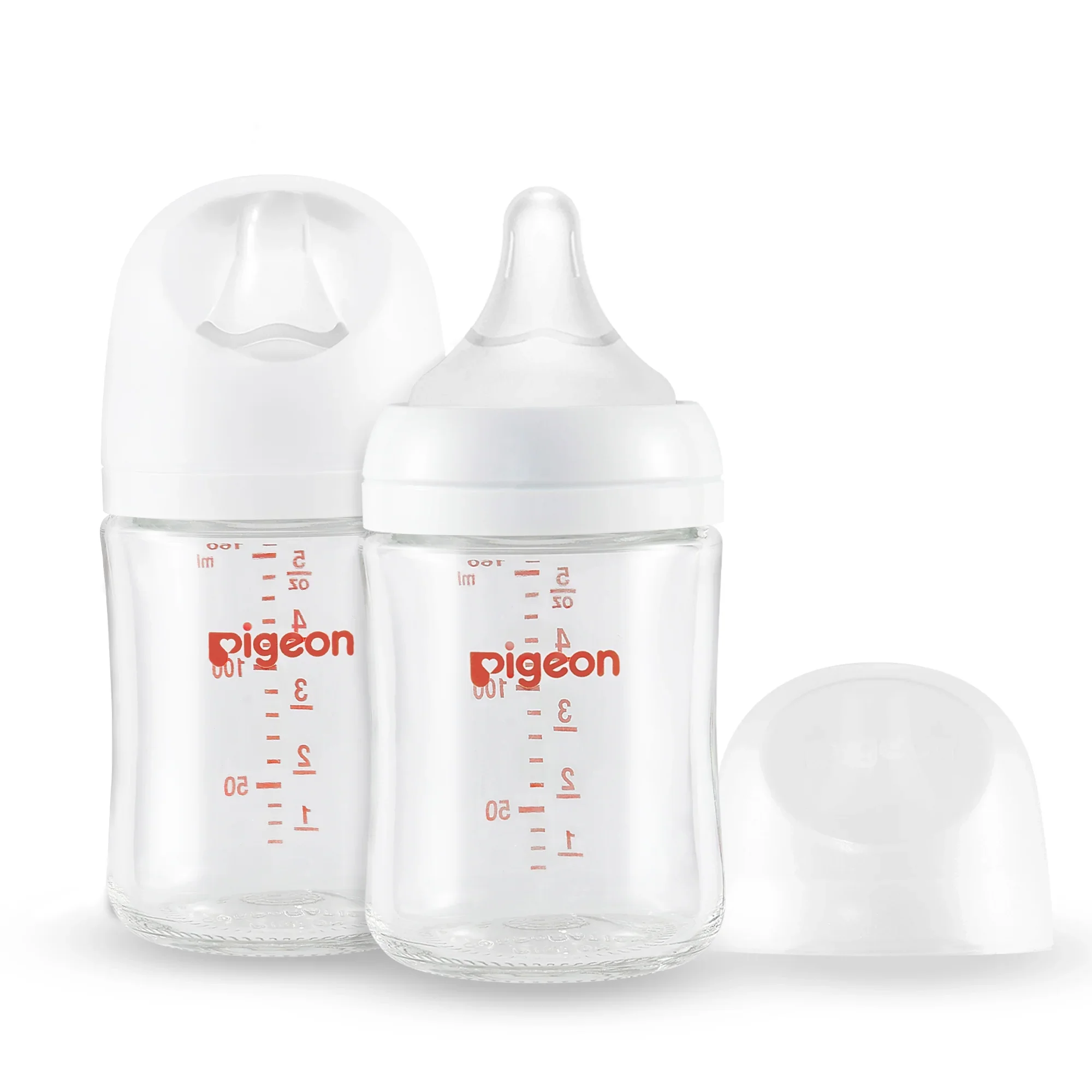Products I Recommend: Breastfeeding, Pumping, Combo Feeding
Silverettes
These are designed to protect you nipples between nursing. The first month of breastfeeding is a huge adjustment physically. While you and baby are learning the best techniques for you to latch baby, these can help with that sensitivity.
Made of 999 pure silver, these nursing cups offer more than just comfort and convenience. Experience the remarkable anti-inflammatory, antimicrobial, and antifungal properties of silver.
BUY ORIGINAL SILVERETTES — $ 59.99
BUY MOMCOZY — $47.37
BUY WILLOW — $43.97
Nipple Balm
Nipple balm is widely used to provide a protectant layer to soothe cracked or sore nipples. This is very important to use if you are using an electric or manual pump (not needed for a passive pump like the haaka). The Frida Mom set is much thinner and a more gel-like texture. It can feel soothing and cooling. Whereas the Earth Mama nipple balm I recommend is very thick and goes on smoother if you warm it between your finger tips before applying. Both options are Lanolin-free and do not have to be wiped off before nursing like a Lanolin based nipple cream.
Nipple Healing Pads
All the products are not necessary to have on hand, these are recommendations for if you are experiencing sore and cracked nipples. Pads hydrate nipples while preventing further irritation from rubbing against clothing.
Similar to the Silverettes, the pads are meant to be worn between nursing to prevent friction and promote soothing and healing especially in that first month.
Breast Pumps — Passive Pumps & Milk Collectors
These are great tools for those wanting to exclusively breastfeed yet have some breastmilk stored for when you leave your baby or want extra sleep. The Haakkaa is the most popular and known of these.
Original Haakaa (with a Base Suction)
This can create a fairly good suction and become a more passive pump. It is used to collect milk on the opposite breast while feeding baby. It can be used to unclog a milk duct. To unclog a milk duct — you would fill the traditional Haakaa with hot water and epsom salt (to the top), squeeze to create a suction, and watch milk drain. I recommend the one with a suction base because no one wants to cry over spilled milk, and if you’ve pumped breastmilk you know how heart breaking that can be!
Haakaa Ladybug & Elvie Curve
Both are designed to fit inside a bra and be hands-free wearable pumps / milk collectors. The Elvie has a soft insert but a firm structure to minimize spilling. There is a big price jump between the two and they are very comparable. The main difference is the amount of milk they each hold with the Elvie holding more. You likely will only need one to use in tandem while you nurse your baby.
Breast Pumps — Manual vs Electric
Did you know breast pumps are covered by insurance?! Now to decide which one is best for you and your family. They all have their pros and cons, but it all depends on how much you are looking to pump and what your lifestyle looks like.
Are you going right back to work, are you staying at home with baby, are you working part-time, or are you looking to exclusively breastfeed?
If you are exclusively breastfeeding, a pump is not necessary to have. If you are using state insurance, you are only eligible to order your free breast pump AFTER baby is born. If you are using private insurance, you can order it anytime during your pregnancy (some may need your OB/Midwife to submit a referral). Pumps are also HSA/FSA eligible.
Manual Pumps
I love the use of a manual pump with a handle because they can be disassembled easily for travel, don’t require an outlet, and also don’t require a bottle. Manual pumps can be very useful for those who exclusively breastfeed and don’t leave baby often. They are much more affordable (you only need one!) and the Haakaa is also a manual pump. Another perk of having a manual pump is many are built-in bottles and come with a nipple lid to feed like the Lansinoh or Madela ones.
To effectively empty a breast with a manual pump takes some practice, but it helps knowing how babies suck and stimulate your let-down. Starting with short and quick pulses with the short handle (mimicking the stimulation setting of a pump) and then move into longer holds.
BUY LANSINOH HAND PUMP — $24.99
BUY MADELA HAND PUMP — $28.99
Wearable Electric Pumps
The ease of hands-free pumping is essential to some and a preference for others. With wearable electric pumps, you will most likely need two of these (not all come in a set). Looking for a pump with multiple suction settings and intensities is going to be important with wearables. The other factor to consider is noise and battery life especially if you are looking to wear them while you’re working. Here are the most recommended brands for wearable pumps.
Hospital-Grade Electric Pumps
This is a great option for you if you are exclusively pumping. The suction is hospital-strength and tend to be more stationary options. This option would allow you to pump larger amounts for longer.
Leading brands with hospital-grade pumps are:
SPECTRA
MADELA
MOTIF
Bottles
There are so many types of bottles and bottom line is every baby will like something different. However, here is a good place to start because it isn’t realistic to buy one of every bottle and hope to find the one your baby will like. When using bottles, the technique when feeding baby is almost just as important as the brand.
Paced-bottle feeding is recommended especially if you are looking to combo feed (breast & bottle). This helps with what some people call “nipple confusion”. This can be a preference for baby when they prefer to not work as hard to get the same amount of milk.
The nipple itself is going to have variations in shape and flows. Looking for that triangle tapering of the nipple is ideal to encourage a deep latch. In terms of the nipple flow, it’s safe to always start with the lowest possible flow.
TOP PICK GULICOLA — $29.98 (2-Pack)
RUNNER UP PIGEON — $34.99 (2-Pack)
OTHER TOP OPTIONS
NUK — $14.99 (2-Pack)
LANSINOH — $15.75 (3-Pack)
EVENFLO — $19.47 (6-Pack)
Note: All of these bottle options have anti-colic flow systems to release additional air as baby is feeding

